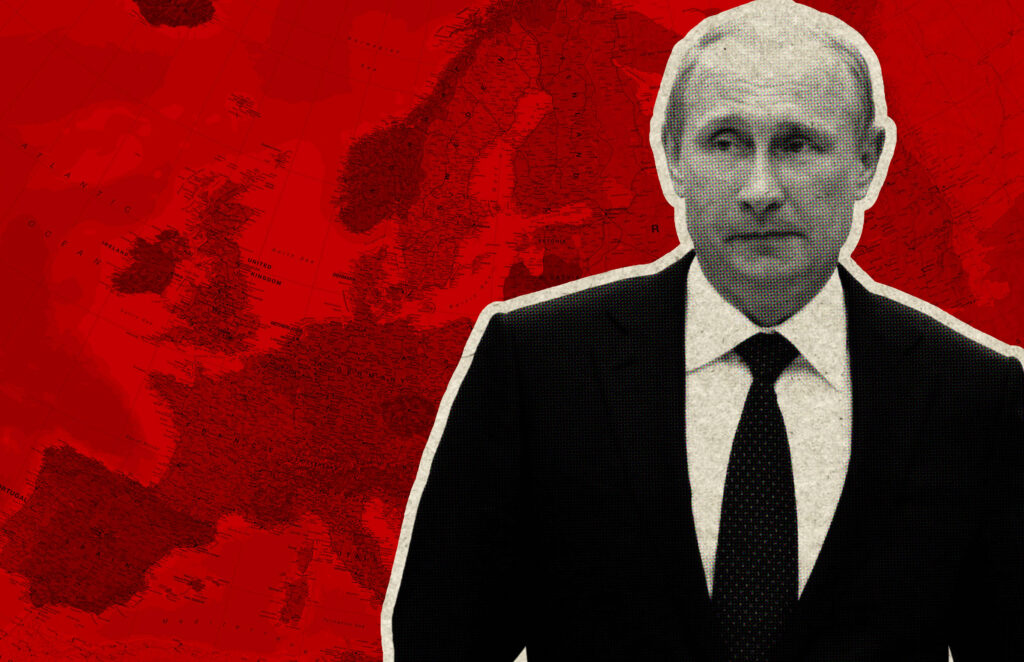Russia’s Demographic Decline Accelerates as War Continues

Introduction
Losing a war has a 3-fold impact on demographics: declining birth rate, surging death rate and accelerated emigration.
While Russia historically has been through several periods of demographic troubles – the last major one being the fall of the Soviet Union – the war in Ukraine compounded the problem to a whole new level.
Yet, they still have 146 million citizens, including about 3 million Ukrainians who were forced to take a Russian passport in the illegally annexed territories of Ukraine.
We’ll dig into each factor, how it affects different specific demographic groups, and what’s the long-term consequences for Russia.
The Impact of Military Conflict on Demographics
Loss of life in the conflict
The military conflict has had a direct and tragic impact on the demographic landscape through the loss of life among combatants. This direct casualty toll contributes significantly to the population decline, particularly affecting the demographic segment of young, working-age males. However, the implications of the conflict extend beyond the battlefield, as civilian lives have been indirectly affected through disruptions in healthcare services and collateral damage, further exacerbating the demographic crisis.
As of January 29, 2024, we talk about an estimated 400,000 Russian casualties from the war, including dead and wounded who may be disabled for life.
Emigration due to war
Another direct consequence of the conflict is an increase in emigration. The fear of conscription, coupled with economic instability and the quest for political safety, has driven a significant portion of the population, especially young adults and those of working age, to leave the country. This mass exodus not only immediately reduces the population size but also has long-term implications for the country’s demographic structure and economic potential.
Since February 2022, more than 1 million Russians emigrated. To make matters worse, a significant proportion of them were the most skilled in the nation.
Economic consequences affecting population growth
The grim outlook for Russia significantly reduces couples willing to renounce the long-term commitment to a child in an uncertain future. Who wants a child when your country is on the verge of collapse? Fewer couples, obviously.
On top of that, the war’s impact on the economy indirectly affects demographic health by exacerbating factors that discourage population growth. The strain on healthcare services limits access to essential care, negatively affecting birth rates and life expectancy. Similarly, challenges in education and childcare facilities, compounded by rising unemployment and poverty, create less favorable conditions for family expansion and contribute further to the demographic decline.
Compared to 2015, Russia’s births dwindled from 1,94M to approximately 1.2M, which means that nearly 750 000 Russians are not born each year, and it will be the most felt on the Russian economy in 20 years, as this "unborn" generation will be missing in the workforce.
Specific Demographic Groups Affected
Young adults and working-age males
The demographic segment of young adults and working-age males has been particularly hard hit by the conflict. Not only does this loss affect the immediate labor force, but it also has profound implications for future population growth. The absence of a significant portion of this demographic group can lead to a decrease in birth rates and further exacerbate Russia’s demographic woes.
Women and fertility rates
The uncertainty and instability fueled by the conflict are likely to have a chilling effect on fertility rates, which were already a point of concern. The absence of men due to the war and the overarching economic and social instability contribute to a decline in the number of children born, accelerating the demographic downturn.
Ethnic minorities and indigenous groups
Ethnic minorities and indigenous populations in Russia face a unique set of challenges exacerbated by the conflict. These groups are often disproportionately affected by conscription and may experience specific health and socioeconomic disadvantages that further compound their demographic challenges.
Future Projections and Implications
The long-term demographic outlook for Russia appears grim. If current trends continue, the nation faces a future characterized by a diminished workforce to support an aging population, potentially leading to significant economic and social strain. Further, the demographic decline carries implications for regional security, as a reduced population may impact Russia’s military capabilities and, by extension, its influence on the global stage.
Each country has a finite amount of military manpower, and Russia is exhausting his. That doesn’t make Russia less of a threat. Quite the contrary, it may push them into desperate solutions to gamble their way out with even more dangerous options to maintain their military gains, like nuclear weapons.
International Perspective
While Russia is far from the only country confronting demographic challenges, the exacerbation of these issues by military conflict is particularly pronounced. The international community has responded with a mixture of humanitarian aid, political discourse, and, in some cases, sanctions. However, the situation in Russia highlights the complex relationship between demographic health and global security, underscoring the need for comprehensive solutions that address both the immediate and longer-term consequences of such crises.
Conclusion
The demographic crisis exacerbated by the continuing conflict represents more than just numbers. It signifies a looming economic challenge, as a shrinking and aging population could dramatically decrease the labor force, curtail productivity, and increase the burden on social welfare systems. It also poses a threat to cultural continuity, as dwindling populations in remote areas and among ethnic minorities raise concerns over the loss of cultural heritage and languages.
The future of Russia remains uncertain, but all possible scenarios have different levels of trouble. Best case Russia will only accelerate its slow decay, worst case, Russia may suddenly collapse as the USSR did, possibly fracturing the country in a galaxy of 20+ smaller North Koreas, some willing to go to war, others willing to trade nukes for food.